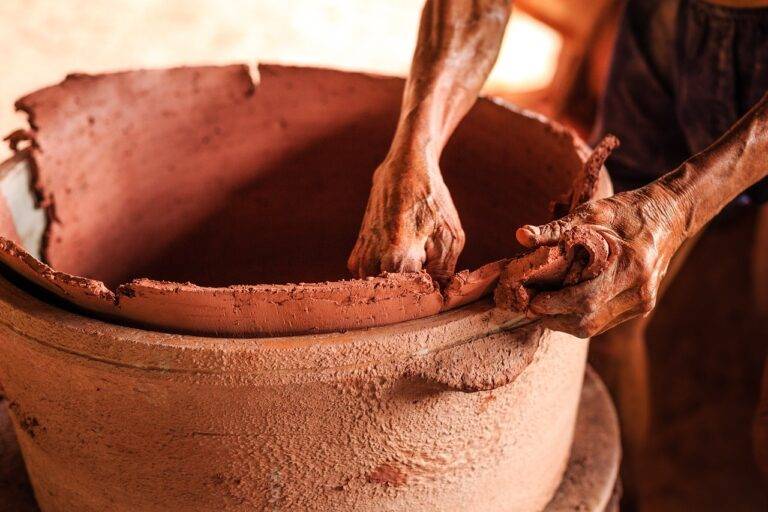Trends in Sustainable Packaging and Eco-Friendly Materials
Sustainable packaging is increasingly becoming a key focus for businesses across various industries. The growing awareness among consumers about environmental issues and their preference for eco-friendly products has been a major driver in the shift towards sustainable packaging solutions. Additionally, regulatory pressures and government initiatives promoting sustainable practices have urged companies to reconsider their packaging strategies.
Moreover, advances in technology have enabled the development of innovative packaging materials that are both environmentally friendly and functional. From recyclable and compostable materials to bio-based plastics, the options for sustainable packaging have expanded significantly in recent years. Companies are recognizing the importance of incorporating these materials into their packaging designs to reduce waste, minimize environmental impact, and meet the changing demands of consumers.
The Rise of Biodegradable Materials
Biodegradable materials have been gaining significant traction in the packaging industry due to their environmentally friendly characteristics. These materials are designed to break down and decompose into natural elements over time, reducing the impact on the environment compared to traditional non-biodegradable options. As consumers become more conscious of their environmental footprint, the demand for biodegradable packaging continues to grow.
One key advantage of biodegradable materials is their ability to minimize waste and pollution. When disposed of properly, biodegradable packaging can contribute to the reduction of landfill waste and greenhouse gas emissions. Furthermore, the use of biodegradable materials aligns with the global push towards sustainability, as it promotes the efficient use of resources and helps to preserve the planet for future generations.
What are biodegradable materials?
Biodegradable materials are substances that can be broken down by natural processes into their basic components, such as water, carbon dioxide, and biomass, without leaving behind any harmful residues.
Why are biodegradable materials becoming popular for packaging?
Biodegradable materials are becoming popular for packaging due to increasing awareness about environmental issues, such as plastic pollution and landfill overcrowding. Consumers and businesses are looking for more sustainable alternatives to traditional packaging materials.
What are some key drivers of sustainable packaging?
Some key drivers of sustainable packaging include government regulations, consumer demand for eco-friendly products, and corporate sustainability goals. Businesses are increasingly recognizing the importance of reducing their environmental impact and are turning to biodegradable materials as a solution.
How do biodegradable materials compare to traditional packaging materials?
Biodegradable materials have the advantage of being able to decompose naturally, reducing the amount of waste that ends up in landfills or oceans. In contrast, traditional packaging materials, such as plastic and Styrofoam, can take hundreds of years to break down and can harm the environment.
Are biodegradable materials more expensive than traditional packaging materials?
In some cases, biodegradable materials may be more expensive than traditional packaging materials due to the higher cost of production and limited availability. However, as demand for sustainable packaging grows and technology improves, the cost of biodegradable materials is expected to decrease.





